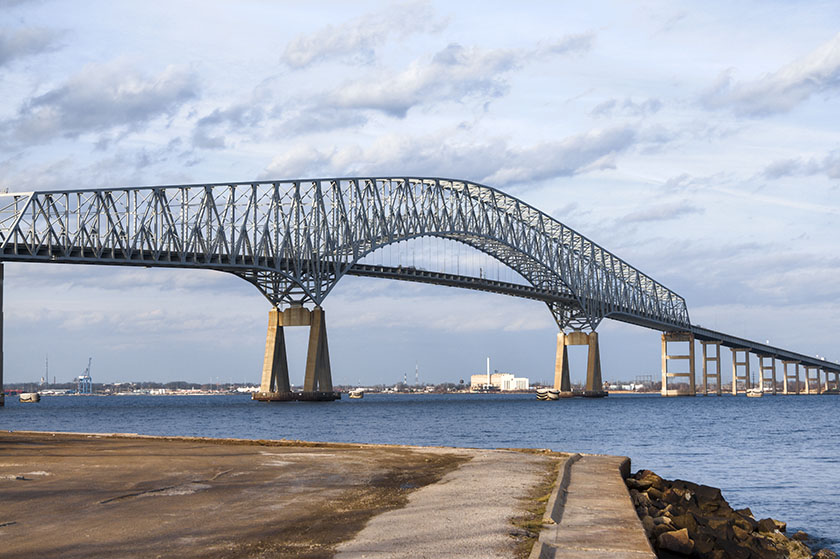Traffic takeaways: The Baltimore bridge collapse Read article


We all know that COVID-19 has left devastation in its wake for many people and industries. The $7.7-trillion question from every decision-maker in the transportation sector isn’t whether the pandemic’s disruption will have a lasting impact on their business—it’s how that impact will manifest, and how deeply.
In business, we often talk about disruption in terms of innovation—creating a new market that disrupts an existing one and displacing established leaders. For some, that disruption is a boon; for others, it’s a demand for reinvention. As we learn to cope with this COVID-19 era, transportation will be different and new challenges will be solved by those companies and organizations who innovate.
The future state of transportation will be driven by how people want to live and work. And as states reopen, Arity is uniquely positioned to share our observations of what people think they will do, as well as what they actually do. With our proprietary driver behavior data, we’re keeping a pulse on how people feel and think about their personal transition to the new normal—and creating forward-looking insights that point to massive changes in transportation habits, now and in the months and years to come.
Habit changes lead to societal changes that will reshape industries — from restaurants and travel to retail and commercial real estate, to transportation-related businesses. Arity aims to analyze the impact of COVID-19 on driving behaviors, so we can provide decision-making guidance for leaders in the transportation ecosystem.
For the past century, worker commuting habits drove changes in transportation and the location of major job centers, dictating the growth of many industries. Because of COVID-19, fewer people are now driving to work, using office space, eating lunch at nearby restaurants, and leveraging office-building daycare, not to mention all the infrastructure that enables these industries to operate. The result: unprecedented disruption.
Within days of March 8, 2020—just weeks after COVID-19 became prevalent in the U.S. and the global emergency began to take hold—drivers in every state began to change their behavior. We analyzed the aggregated and anonymized data from Arity’s more than 23 million connections, which gave a unique and detailed view of the country.
Early data showed a 35-50% decline in driving countrywide. Beginning April 12, we saw the start of an upward trend in driving patterns. However, we are not back to pre-COVID driving levels. As of July 25, miles traveled are down 34%, as some states show total miles traveled up by 3%, and others are down as much as 36%
As states reopen and people look ahead to returning to work, we want to see what is happening today, and also to gain insights into the future changes in transportation. Our data indicates the disruption will continue. To get these data and insights, Arity surveyed nearly 2,200 drivers nationwide and found they anticipated significant changes to their future driving habits and have continued concern about the safety of transportation:
Future disruption means companies and municipalities need ongoing data to understand how changes in transportation impact them. Will there be a greater need for food, retail, and childcare services in the suburbs as people opt out of commuting to major city centers? Or will suburban roads become more congested? Will a change in predictable rush hour times lead to a change in congestion and therefore in safety and risk? Will personal vehicle purchases are on the rise—and if so, what does that mean for public transportation and rideshare services?
This transformation is just beginning and the future is uncertain; after all, people don’t always do as they plan to do. But mobility data is a critical component to understanding, predicting, and monitoring changes so people, companies, and municipalities can make informed decisions. Arity monitors driving trends and driver behavior data in real-time to help companies adjust to this new world and know where consumers will need them, ultimately helping to drive their business.
Business leaders need foresight—anticipatory and proactive, not reactive thinking—to plan and ideate how to lead their business after major behavioral, technological, or cultural shifts. With that foresight, some of the discoveries and transformations emerging from this painful pandemic-driven disruption will be customer-driven transportation innovations designed for the people who need them most.